ARTICLE AD BOX

- Flare has burned 66 million FLR as part of its plan to wipe out 2.1 billion tokens by January 2026.
- The burn strategy aims to limit supply, protect community ownership, and attract new users to the Flare ecosystem.
Flare Network just burned 66 million FLR tokens, kicking off its plan to wipe out 2.1 billion by January 2026. It’s not only about cutting supply—it’s about keeping the network balanced, fair, and more inviting for new people jumping in. Imagine a market that is flooded with new coins every month; the value of each old coin will naturally decrease.
 Another 66 million $FLR burn complete.
Another 66 million $FLR burn complete.
This brings us closer to our goal of burning 2.1 billion $FLR by January 2026. pic.twitter.com/08MUay701F
— Flare  (@FlareNetworks) April 3, 2025
(@FlareNetworks) April 3, 2025
This is not the first time this has been done. Since the program began, Flare has destroyed more than 198 million FLR tokens, with a consistent monthly rate of 66 million. Not only does this process reduce the supply, but it also acts as a “protection shield” so that early investors cannot take more than their share through the FlareDrops mechanism. It’s a bit like making sure no one’s hand takes ten people’s share at a dinner table.
Furthermore, this supply reduction can also open the way for new users to join in building the ecosystem. With a more controlled supply, the value of participation feels more fair.
The current price of FLR is about $0.0131, with a slight decrease from the previous day. Although the number seems small, it is still an interesting benchmark to watch for the growing ecosystem.
Flare System Protocol Powers Seamless Cross-Chain Activity
On the other hand, previous CNF reports have revealed the important role of Flare System Protocol (FSP), which is the backbone of cross-chain transactions without having to make users switch platforms. FSP relies on PMWs (Protocol Messaging Wrappers) to secure interactions between chains.
In a way, it is like having an automatic pedestrian bridge that knows when to open and close to keep traffic flowing smoothly. Not only that, FSP is also prepared to support future features such as FAssets V2 and XRP staking—all in one decentralized platform.
If you thought token burns were Flare’s only breakthrough, wait a minute. They are also beginning to make their mark in the DeFi world with a unique approach.
Perpetual Trading Without the Strings
On December 12, 2024, SparkDEX officially launched SparkDEX Eternal, a decentralized exchange (DEX) platform that focuses on perpetual contracts.
In the world of trading, this is a kind of giving you a tool to open positions without time limits and without having to hold the underlying asset. For traders who like flexibility and don’t want to be bothered with coin ownership, this is an interesting middle ground.
Blending Gaming Concepts with Decentralized Finance
In addition, on February 7, 2025, Flare introduced the Flare Fair. Hearing the name, you might think this is just a game—in fact, it is a combination of games and DeFi. Imagine a platform that invites you to participate in decentralized financial activities, but the way it is packaged is like a fun game. The goal is to make the ecosystem more lively, friendlier, and more interactive.
Flare Fair marks an interesting shift in approach: from focusing on mechanics to focusing on the experience. So it’s not just about what you can do, but also how you can enjoy it.
.png)
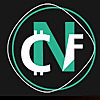 23 hours ago
1
23 hours ago
1
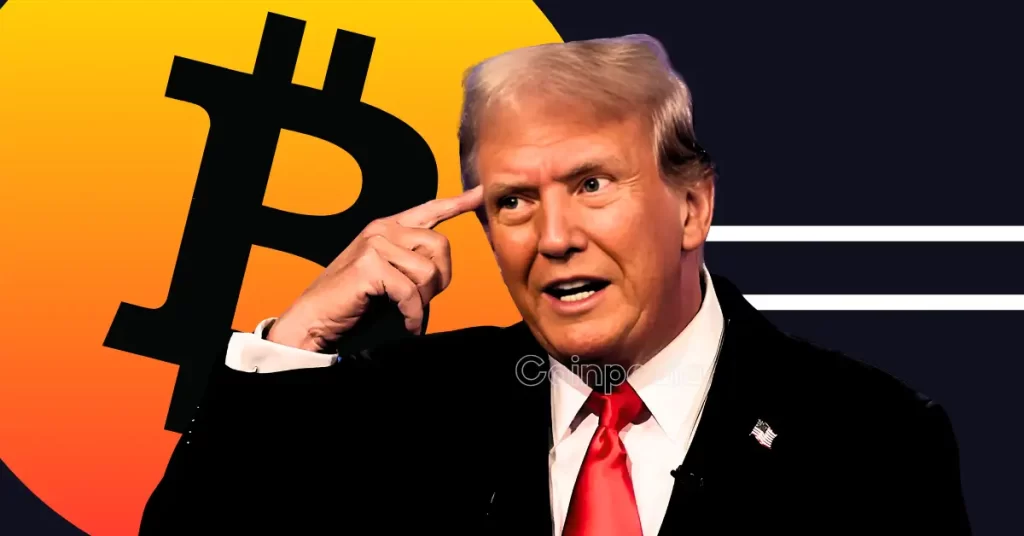
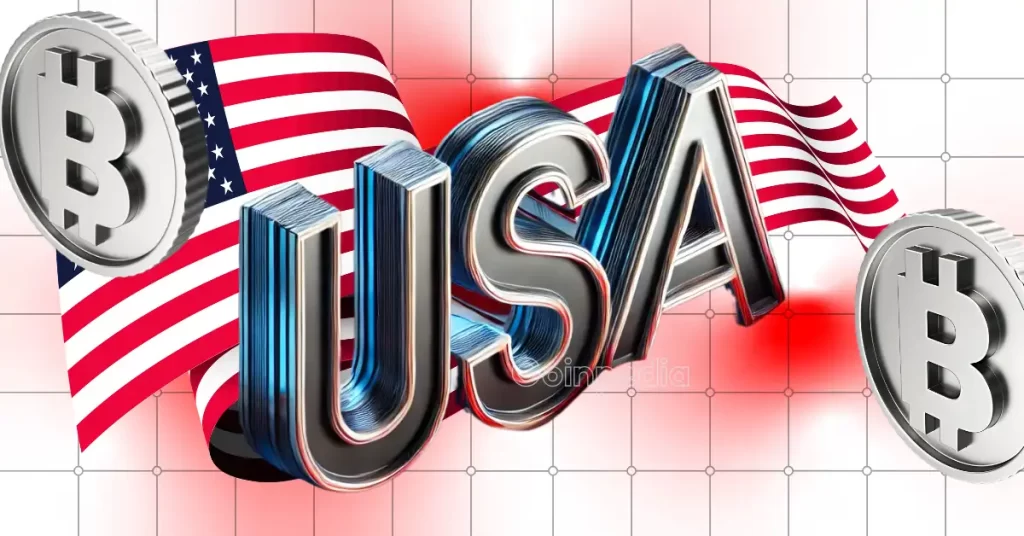
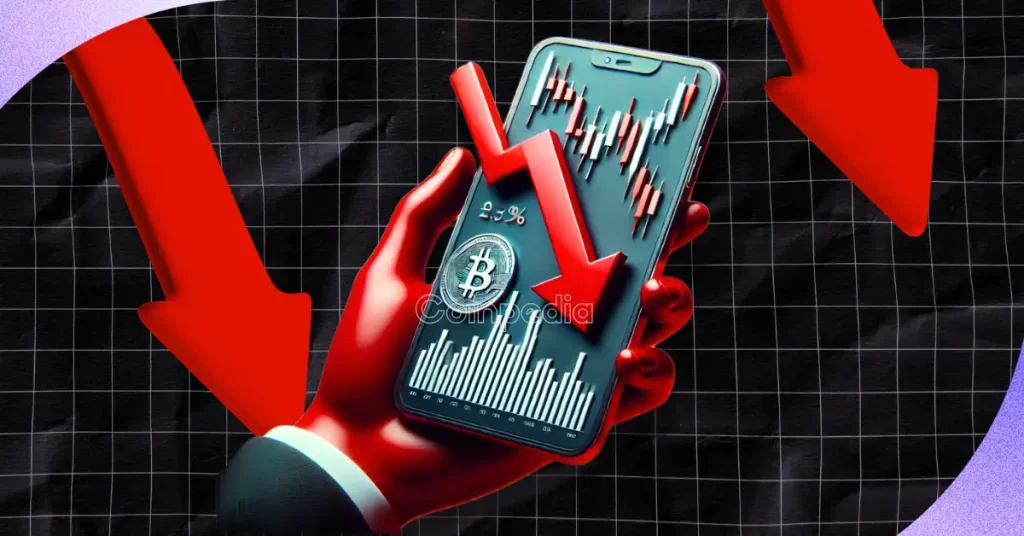




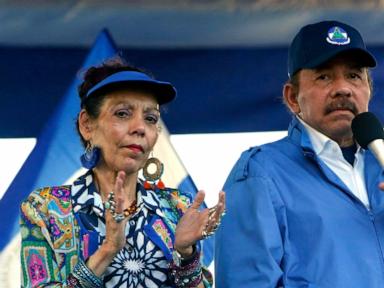
 English (US)
English (US)